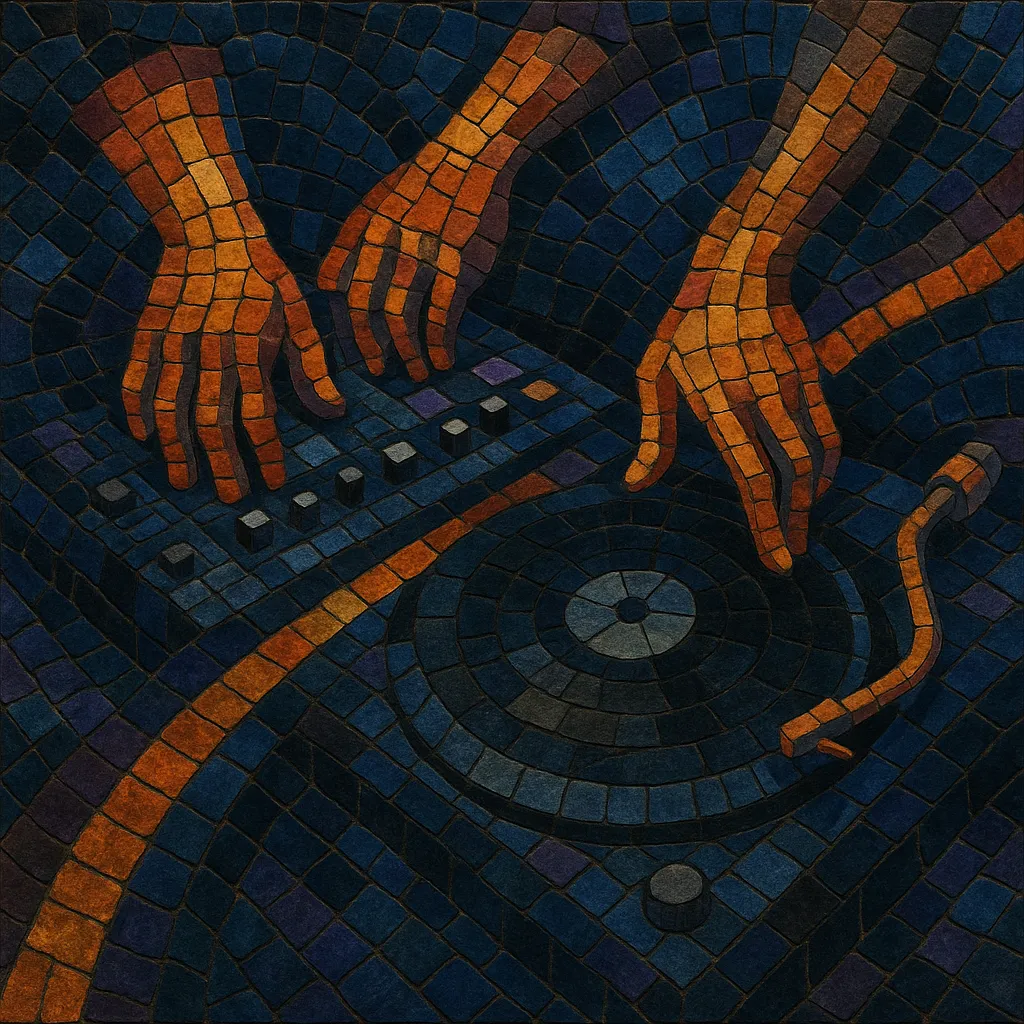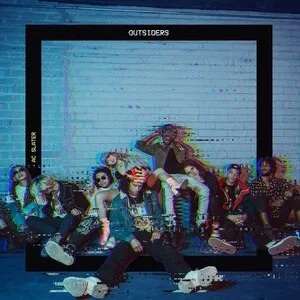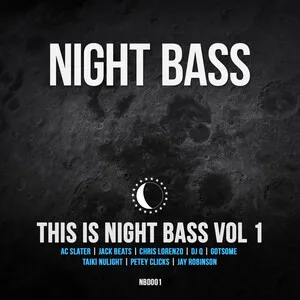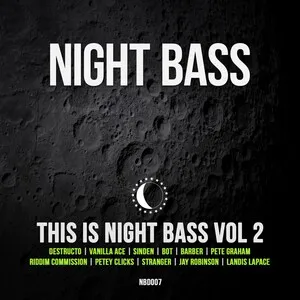UK jackin is a bass-forward strain of house and UK garage that emerged in the UK during the early 2010s. It blends the swing and shuffle of garage with the chunky, percussive drive of house, emphasizing rubbery low‑end riffs, organ stabs, and chopped R&B or soul vocals.
Compared with classic Chicago jackin’ house, the UK variant is darker and punchier, drawing heavily from bassline and UK bass aesthetics. Tracks typically sit around 124–130 BPM, use swung drums and syncopated bass patterns, and are arranged with DJ‑friendly intros, tension‑building breakdowns, and emphatic drops.
UK jackin took shape in the United Kingdom in the early 2010s, as producers and DJs fused house’s four‑to‑the‑floor with the swing, chopped vocals, and sub‑weight of UK garage and bassline. While it nods to Chicago’s jackin’ house for its groove and sample culture, the UK sound tends to be leaner and more bass‑driven, reflecting the influence of domestic styles like speed garage, bassline, and UK funky.
The sound coalesced around club circuits in the Midlands and North of England and spread through UK‑focused labels and DJ networks. Characteristic elements—shuffled hi‑hats, stabby organs, warped bass motifs, and cheeky cut‑up R&B hooks—made it a favorite in high‑energy, mix‑friendly sets. Online platforms and specialist radio shows helped codify the term “UK jackin,” distinguishing it from both US jackin’ house and broader bass house.
By the mid‑2010s the style fed into a wider UK bass/house resurgence, influencing bass house and the more rugged end of tech house. DJ‑friendly structures and crowd‑pleasing vocal chops aided crossover into festival and big‑room contexts, while the core remained rooted in club functionality and garage swing.
UK jackin’s bass‑centric, groove‑heavy template helped shape later bass house and modern UK tech house, leaving a recognizable imprint: swung drums, chunky subs, vocal flips, and rapid‑fire drops designed for seamless mixing.








